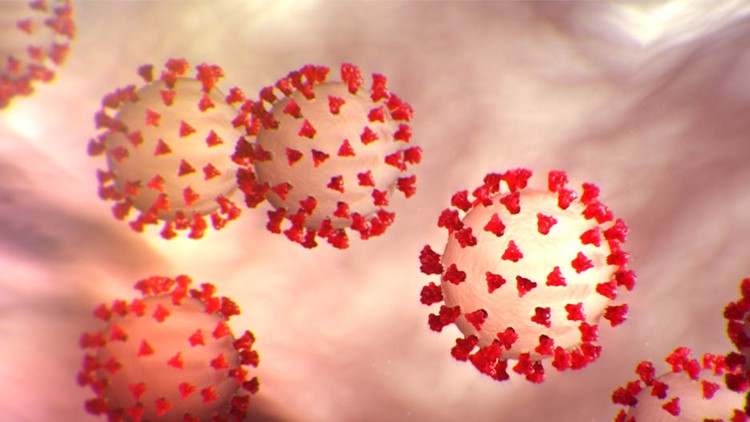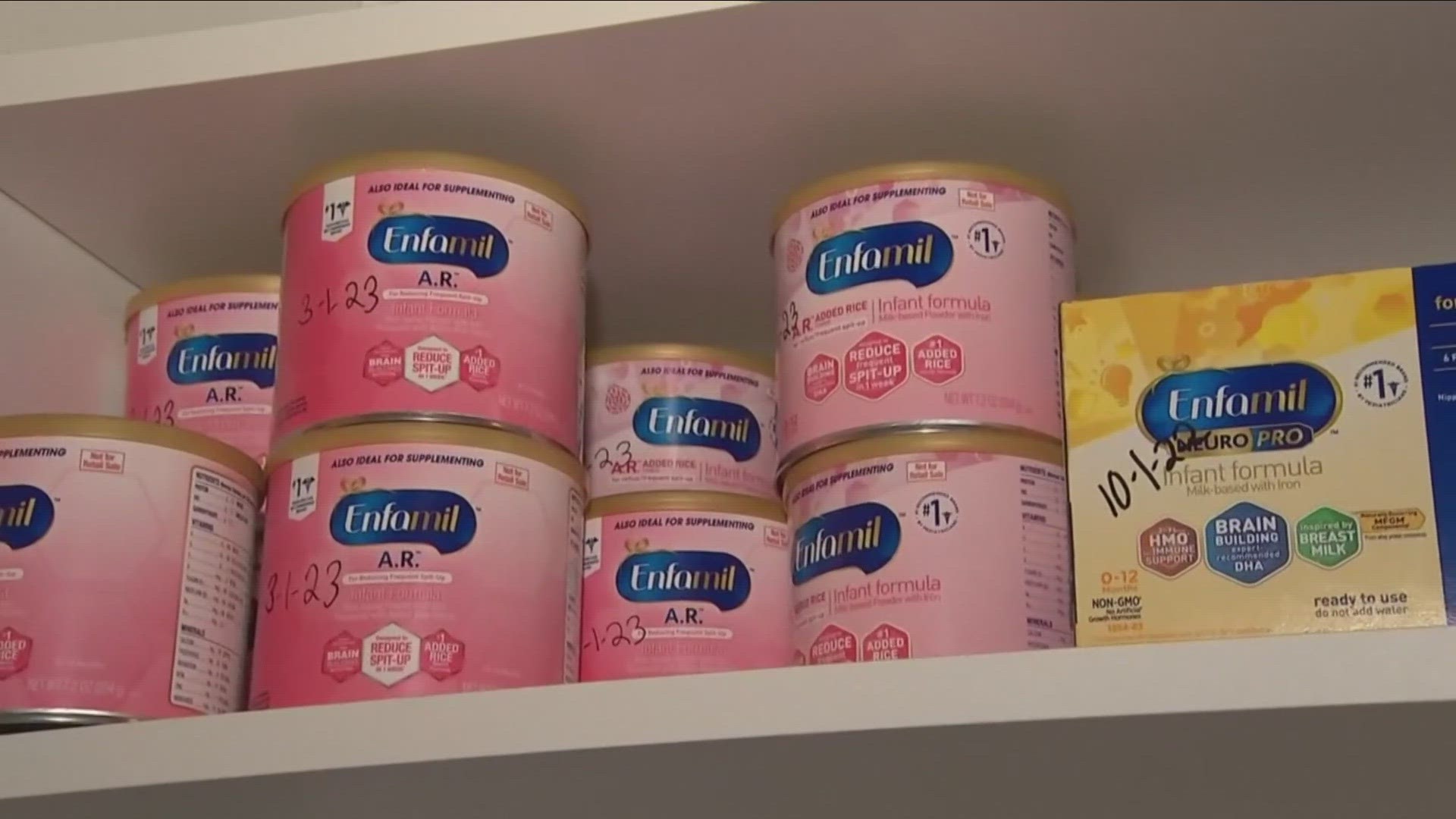NIAGARA COUNTY, N.Y. —
On Tuesday the Niagara County Health Department's coronavirus tracking map reported two new COVID-19 related deaths since Monday.
The two people who died were a 78-year-old male and a 95-year-old female. Both had underlying health conditions.
The map also showed showed that there are 52 new confirmed cases of coronavirus, bringing the total number of confirmed cases to 896.
The map also shows that there are 318 active cases, 20 less than Monday. A total of 526 residents have recovered from coronavirus in the county.
Officials said there are 302 people isolating at home, while 16 are hospitalized.The health department said they have conducted 7,970 tests as of Tuesday at 11 a.m.
Anyone in Niagara County who is looking to get tested for COVID-19 at Niagara Community College must call the New York State hotline at 1-888-364-3065. Drive-thru testing is by appointment only.
Per Governor Andrew Cuomo's executive order, hospitals in Niagara County can resume elective surgeries. This includes Niagara Falls Memorial Medical Center, Mount St. Mary's Hospital, and Eastern Niagara Hospital.
Coronavirus symptoms
The symptoms of coronavirus can be similar to the flu or a bad cold. Symptoms include a fever, cough and shortness of breath, according to the Centers for Disease Control.
Most healthy people will have mild symptoms. A study of more than 72,000 patients by the Centers for Disease Control in China showed 80 percent of the cases there were mild.
But infections can cause pneumonia, severe acute respiratory syndrome, kidney failure and even death, according to the World Health Organization. Older people with underlying health conditions are most at risk.
The CDC believes symptoms may appear anywhere from two to 14 days after being exposed.
Human coronaviruses are usually spread through...
The air by coughing or sneezing
Close personal contact, such as touching or shaking hands
Touching an object or surface with the virus on it, then touching your mouth, nose or eyes before washing your hands.
Help stop the spread of coronavirus
Stay home when you are sick.
Eat and sleep separately from your family members
Use different utensils and dishes
Cover your cough or sneeze with your arm, hot your hand.
If you use a tissue, throw it in the trash.
Lower your risk
Wash your hands often with soap and water for at least 20 seconds. If soap and water are not available, use an alcohol-based hand sanitizer.
Avoid touching your eyes, nose, and mouth with unwashed hands.
Avoid close contact with people who are sick.
Clean and disinfect frequently touched objects and surfaces.
If you are 60 or over and have an underlying health condition such as cardiovascular disease, diabetes or respiratory illnesses like asthma or COPD, the World Health Organization advises you to try to avoid crowds or places where you might interact with people who are sick.



